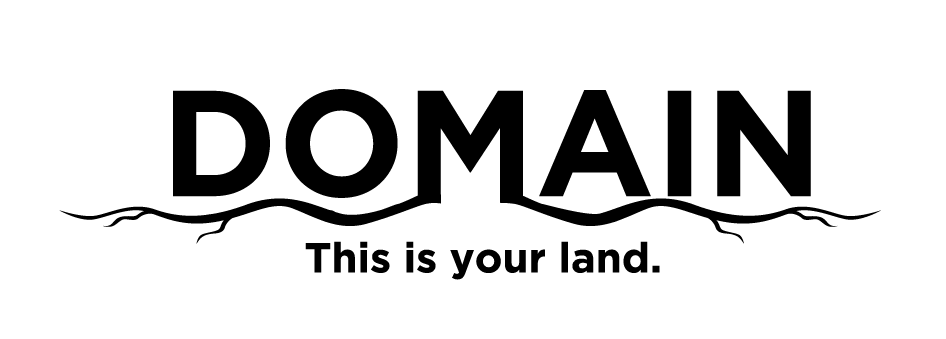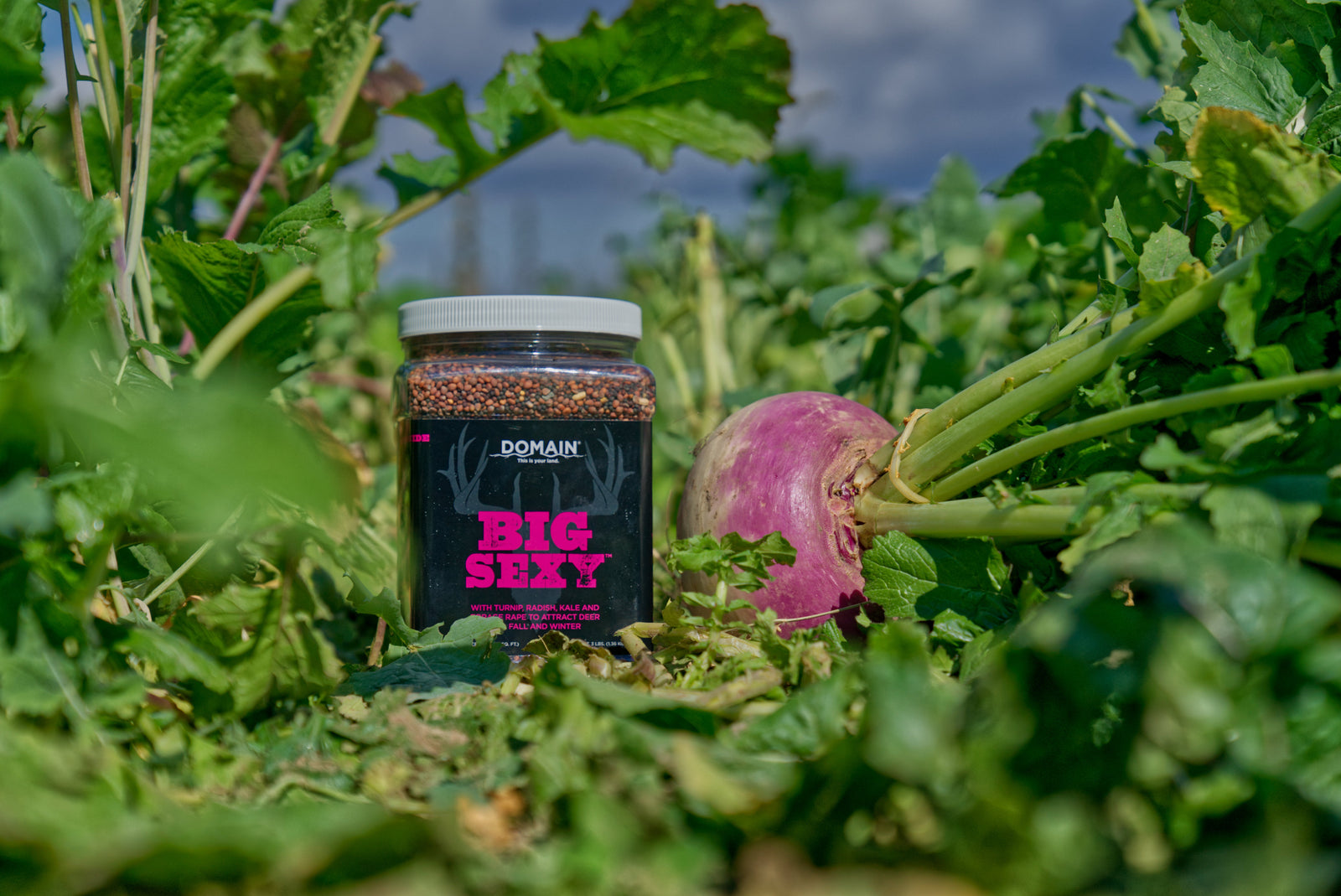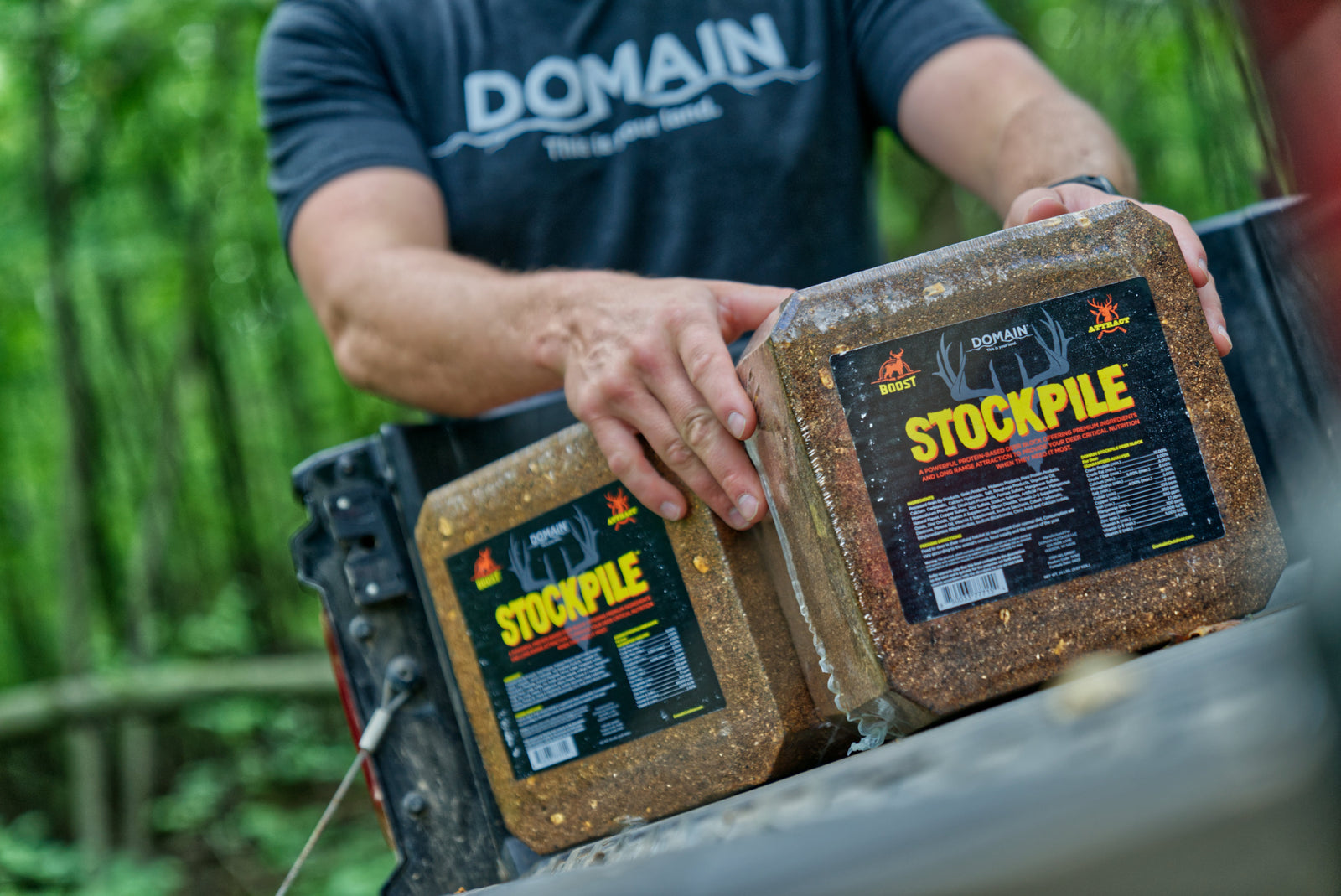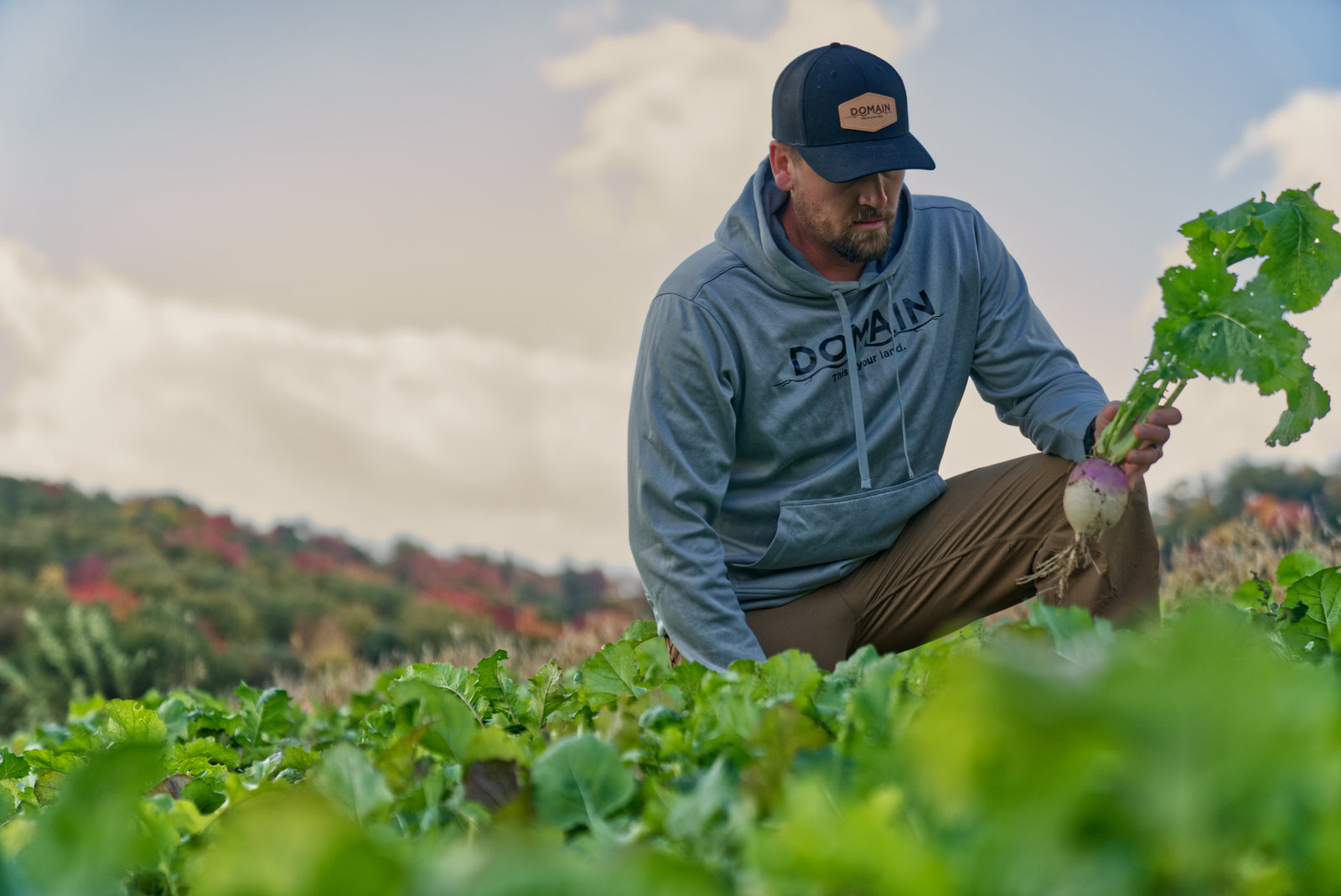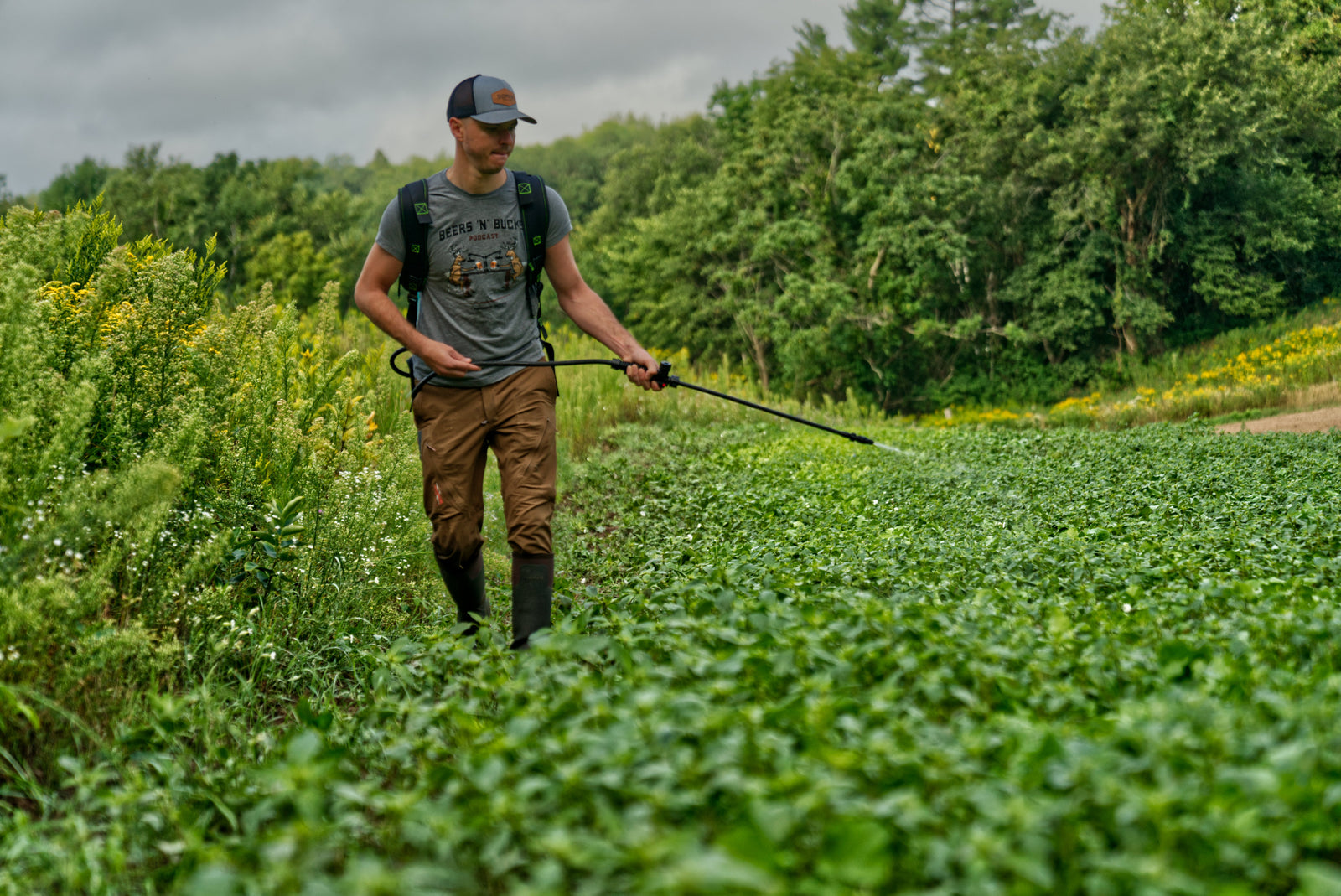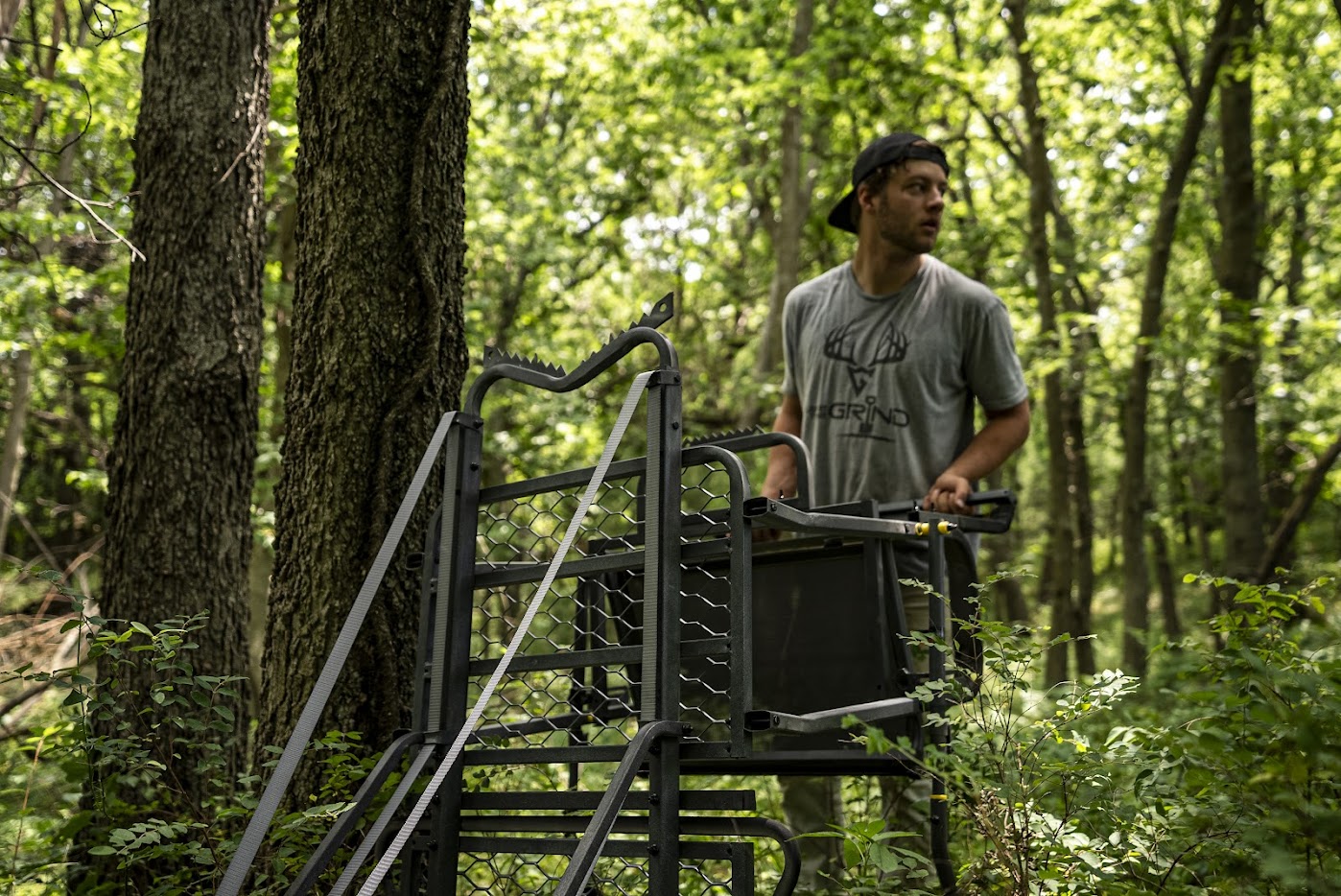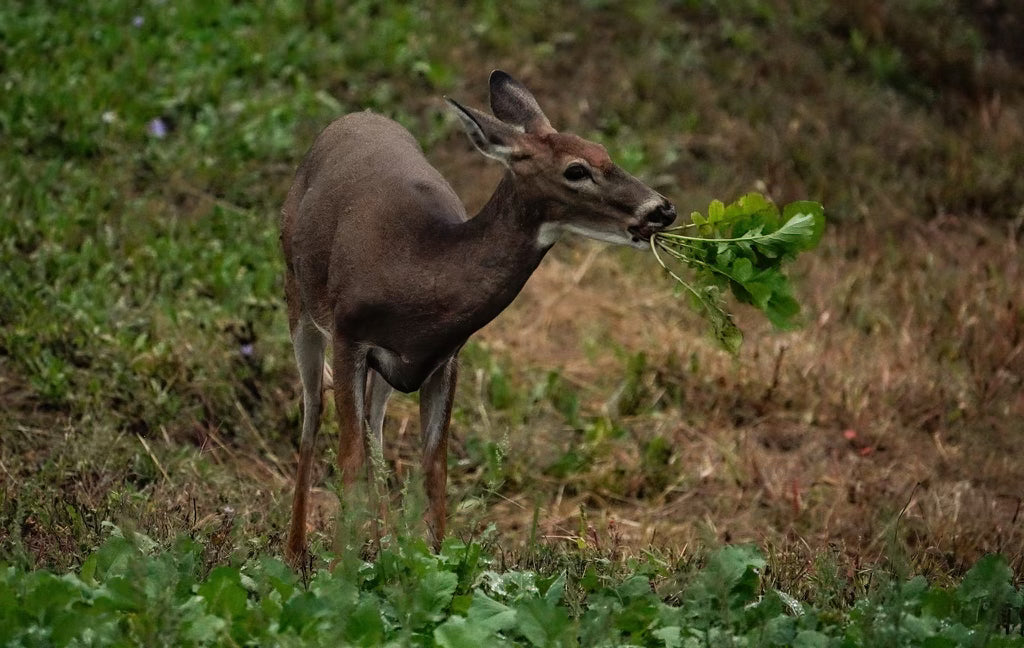Whether you're managing 20 acres or 200, the goal is the same: create a property that holds deer year-round and sets the stage for successful hunts when the season opens. But building a true whitetail paradise isn’t just about food plots—it's about understanding deer behavior, enhancing natural habitat, and designing your land with hunting in mind.
With the right improvements, strategic planning, and a little sweat equity, you can optimize your land to attract, hold, and harvest mature bucks more consistently.
🎯 Define Your Goals – Then Build a Plan
Every great project starts with a vision. Are you trying to grow older bucks? Improve your shot opportunities? Increase deer sightings? Knowing your objectives helps determine your property strategy.
Once your goals are set, it’s time to assess what your land already offers:
-
Bedding cover
-
Natural browse
-
Water sources
-
Travel corridors
-
Access points
Tools like OnX and HuntStand make it easy to map terrain, drop pins, and analyze how deer might use your land. From there, you can start shaping habitat with intent and purpose.
🌲 Habitat Enhancements Beyond Food Plots
Not every property is suited for large food plots—and that’s okay. Some of the most impactful improvements come from low-impact, high-value habitat work, especially in smaller acreage setups.
🔹 Hingecutting for Bedding Areas
Creating secure bedding cover is one of the best ways to hold deer on your land. Hinge-cutting select trees can provide instant bedding structure while maintaining overhead canopy. Bucks love isolated, secure bedding near food or transition zones.
🔹 Mock Scrapes to Guide Movement
Mock scrapes are one of the most underutilized tools in land design. Properly placed and maintained scrapes become year-round communication hubs and can actually redirect buck movement to fit your hunting setup. Hang a vine or rope licking branch and add a soil scrape underneath—deer will do the rest.
🔹 Water Holes in the Right Spots
Especially during early season and dry spells, a strategically placed water hole near bedding or on the edge of a food source can increase daylight movement and offer a prime shot opportunity.
🔹 Trails, Funnels & Edge Feathering
Deer move predictably when terrain, pressure, and structure guide them. Creating or improving travel corridors with edge feathering or selective clearing can connect bedding to food and help steer deer right into bow range.
🧭 Make It Huntable
Habitat improvements are only as good as your ability to hunt them effectively.
Always design your property with access and wind in mind:
-
Build screening cover along entry routes with switchgrass or natural vegetation.
-
Place stand sites downwind of bedding and scrapes.
-
Use terrain to hide your movement and approach.
Remember: a great plot or bedding area is useless if your presence blows it up before the hunt even begins.
🌱 Bring in the Food Plots (If You Can)
If you have the right layout, strategic food plots can turbocharge your property. Planting Domain Outdoor blends like:
-
Mother Load™ for early growth and protein
-
Big Sexy™, Bombshell™, and Smack Down™ for fall/winter attraction
-
Comeback Kid™ or No BS™ for low-maintenance perennials
…allows you to build a seasonal buffet that supports deer and increases daylight activity where it matters.
But again—food plots are just one piece of the puzzle.
🛠️ Need Help? Let Domain Outdoor Design It With You
If you're unsure where to start or want a second set of eyes on your plan, Domain Outdoor offers both virtual and in-person consulting options.
💻 E-Consulting:
Use OnX and aerial maps to get a custom strategy tailored to your property without us needing to step foot on it. We’ll analyze your layout, recommend improvements, and outline a full-season approach to habitat and hunting setup.
👉 Book Your Domain Outdoor E-Consult Here
🦌 In-Person Land Management Services:
From walking your ground to running chainsaws, tractors, and seed drills—we can do the heavy lifting too. Our team will come to your property to cut, plant, improve, and transform your land into a more huntable, whitetail-friendly environment.
🧠 Final Thoughts
Creating a whitetail property that consistently produces deer sightings—and mature bucks—isn’t about doing one big thing. It’s about doing a lot of little things correctly and with purpose.
Mock scrapes, bedding cover, water holes, strategic access, and seasonal food sources all work together to build a habitat system that attracts deer and supports your goals as a hunter and land steward.
With the right plan—and the right help—you can turn any property into your own whitetail domain.
